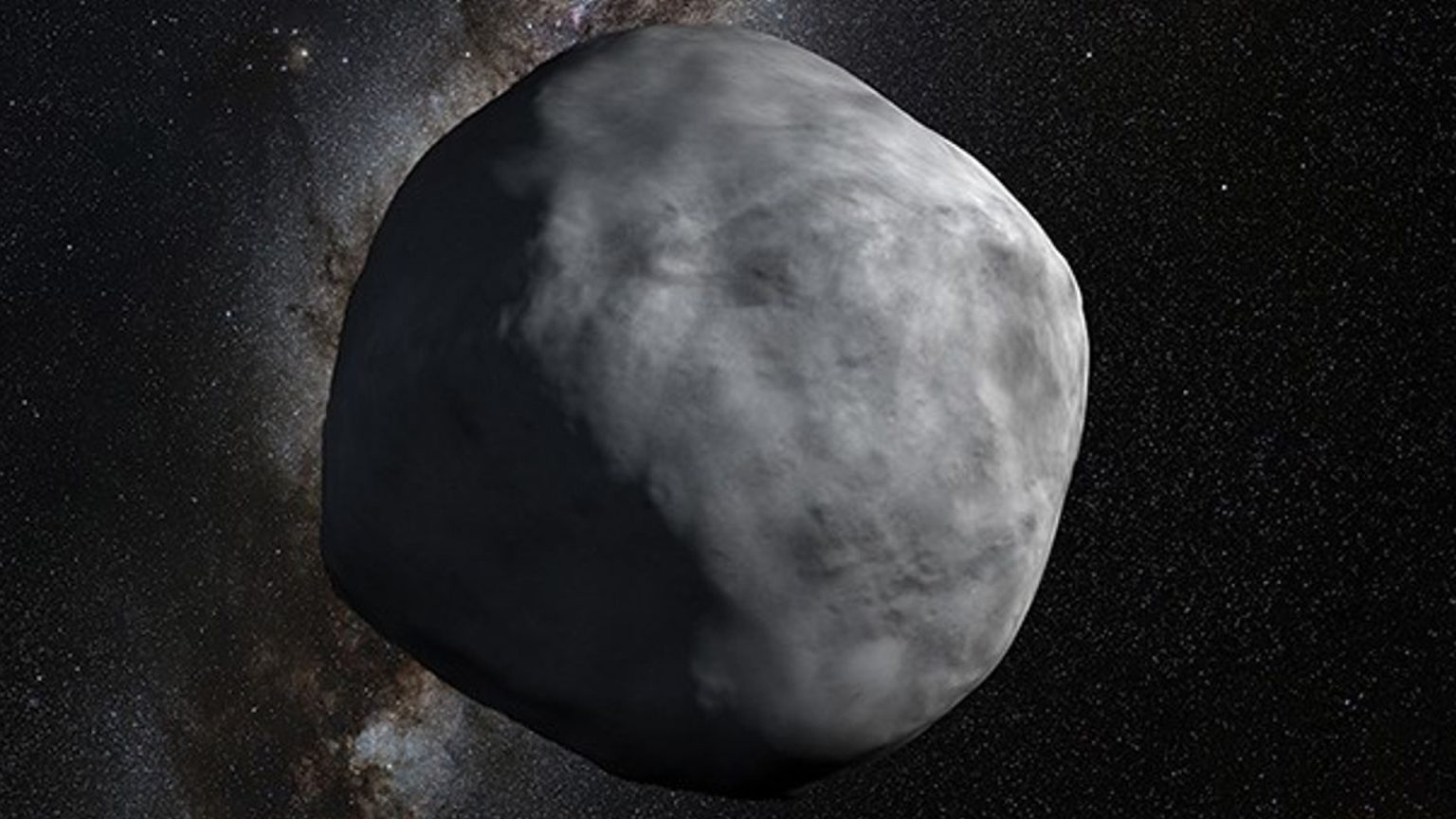The ambitious goal of sending humans to Mars presents significant challenges, one of the most formidable being the astronauts’ exposure to deadly radiation during the extended interplanetary journey. A novel solution proposed by scientists at Taras Shevchenko National University in Kyiv involves utilizing asteroids as natural radiation shields, effectively turning them into cosmic taxis for astronauts. This approach offers a potentially cost-effective alternative to equipping spacecraft with heavy and expensive artificial shielding materials like aluminum. The researchers identified hundreds of near-Earth objects capable of facilitating “fast transfers” between Earth and Mars or other inner planets like Venus, with travel times under 180 days. This strategy could significantly mitigate the radiation risks faced by astronauts during the year-long mission to Mars and back.
The concept of utilizing asteroids as radiation shields stems from the realization that prolonged exposure to cosmic radiation outside Earth’s protective magnetosphere poses a severe health threat to astronauts. Mars, lacking a global magnetic field and possessing a thin atmosphere, offers minimal protection even on its surface. The researchers meticulously analyzed over 35,000 near-Earth objects and initially identified 525 asteroids capable of fast transfers between Earth, Mars, and Venus. Further refinement of this list, considering the feasibility of spacecraft rendezvousing with these asteroids, yielded a final selection of approximately 120 suitable candidates. These asteroids possess the right combination of speed and trajectory to allow spacecraft to catch up and utilize them as temporary shelters during interplanetary transit.
The selected asteroids offer potential pathways for various interplanetary journeys: 44 for Earth to Venus, 17 for Earth to Mars, 13 for Mars to Earth, 2 for Mars to Venus, 38 for Venus to Earth, and 6 for Venus to Mars. Employing these celestial bodies as shields addresses the critical issue of radiation exposure during the Mars mission, which involves a minimum one-year journey in the harsh radiation environment of interplanetary space. Even a short stay on Mars adds to the cumulative radiation dose, increasing the risk of long-term health consequences for astronauts.
The dangers of space radiation, primarily in the form of energetic particles, are well-documented. These particles penetrate the skin, damaging cells and DNA, increasing the risk of cancer and potentially causing acute radiation sickness during the mission. While the International Space Station (ISS) operates within Earth’s magnetosphere, offering some protection, astronauts on a Mars mission would face prolonged exposure outside this protective shield. The vast distance of 140 million miles between Earth and Mars necessitates traversing unprotected space, significantly escalating the radiation risks.
NASA’s current roadmap involves a planned return to the Moon with a crewed landing as early as 2027, serving as a stepping stone for the more complex Mars mission. While no firm date has been set for a human mission to Mars, it is anticipated to occur sometime in the 2030s. The journey itself would require well over a year to complete, including the time spent on Mars and the return trip. The asteroid-shield strategy offers a promising solution to mitigate the life-threatening radiation challenges associated with this extended interplanetary voyage.
This innovative approach represents a significant shift in mission planning, utilizing naturally occurring celestial bodies to safeguard human health during deep space exploration. The identification of these “hitchhike-able” asteroids provides a practical and potentially cost-effective solution to the radiation shielding problem, paving the way for safer and more sustainable human missions to Mars and beyond. The successful implementation of this strategy could revolutionize the future of space travel, enabling us to explore the vast expanse of our solar system while mitigating the inherent risks associated with long-duration spaceflight.


